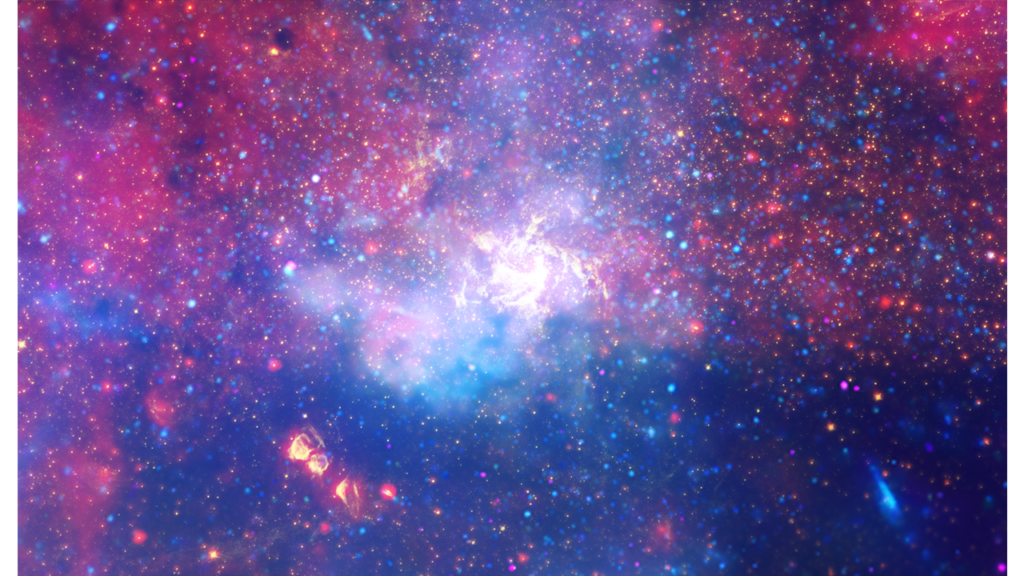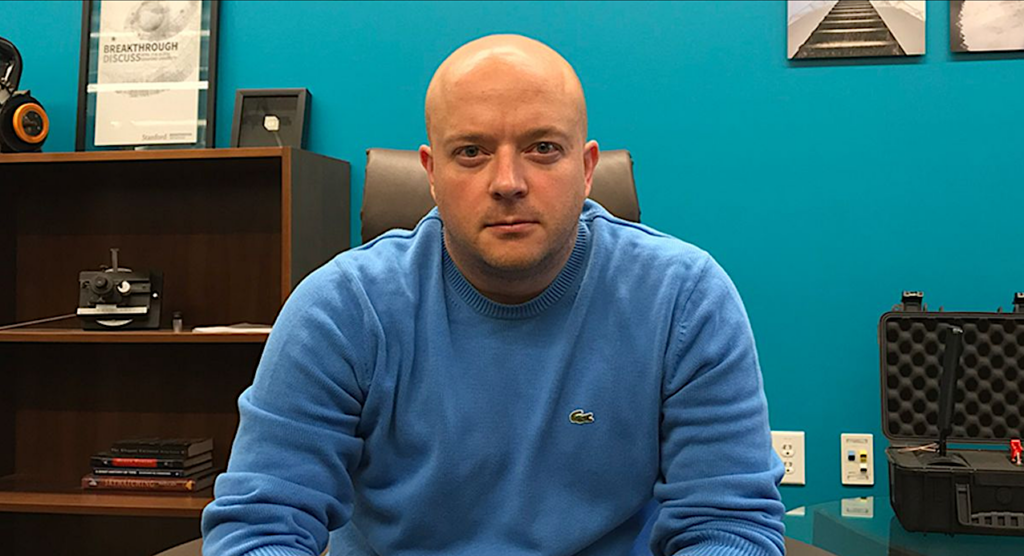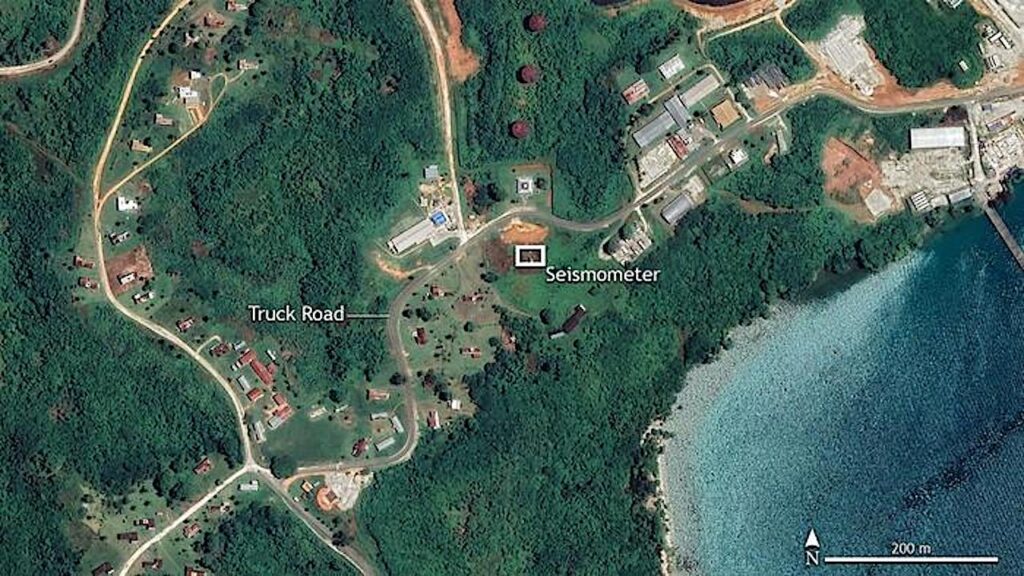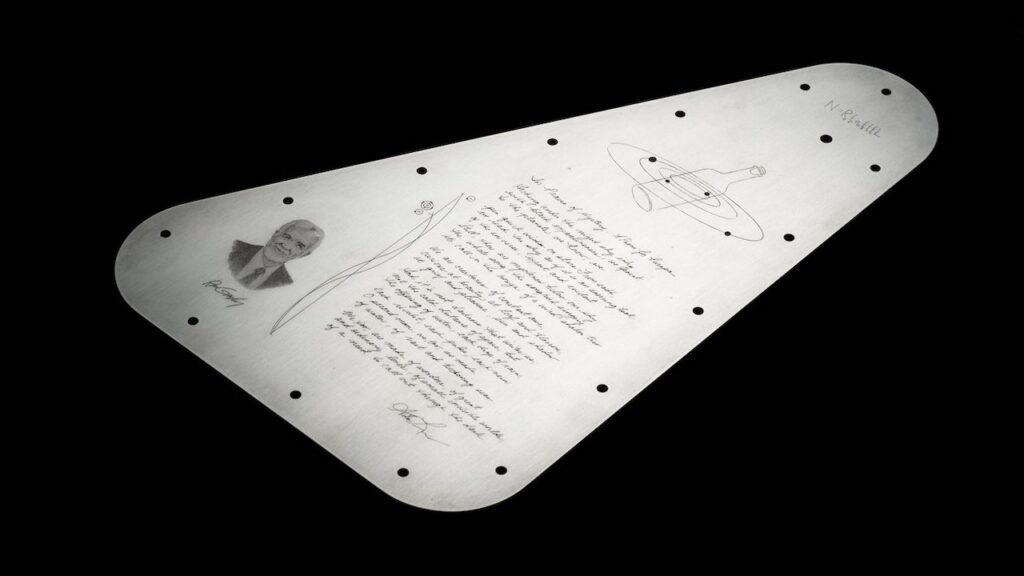Classification of Simulated Radio Signals Using Wide Residual Networks for Use in the Search for Extra-terrestrial Intelligence
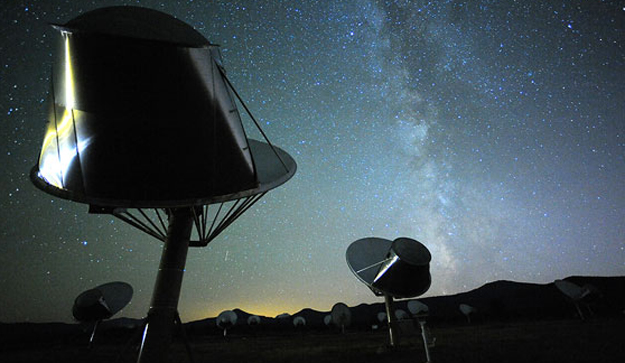
We describe a new approach and algorithm for the detection of artificial signals and their classification in the search for extraterrestrial intelligence (SETI).
The characteristics of radio signals observed during SETI research are often most apparent when those signals are represented as spectrograms. Additionally, many observed signals tend to share the same characteristics, allowing for sorting of the signals into different classes. For this work, complex-valued time-series data were simulated to produce a corpus of 140,000 signals from seven different signal classes.
A wide residual neural network was then trained to classify these signal types using the gray-scale 2D spectrogram representation of those signals. An average F1 score of 95.11\% was attained when tested on previously unobserved simulated signals. We also report on the performance of the model across a range of signal amplitudes.
G. A. Cox, S. Egly, G. R. Harp, J. Richards, S. Vinodababu, J. Voien
(Submitted on 23 Mar 2018)
Comments: 16 pages, 8 figures
Subjects: Instrumentation and Methods for Astrophysics (astro-ph.IM); Computer Vision and Pattern Recognition (cs.CV); Learning (cs.LG)
Cite as: arXiv:1803.08624 [astro-ph.IM] (or arXiv:1803.08624v1 [astro-ph.IM] for this version)
Submission history
From: G. Adam Cox
[v1] Fri, 23 Mar 2018 00:56:13 GMT (4899kb,D)
http://xxx.lanl.gov/abs/1803.08624
Astrobiology



